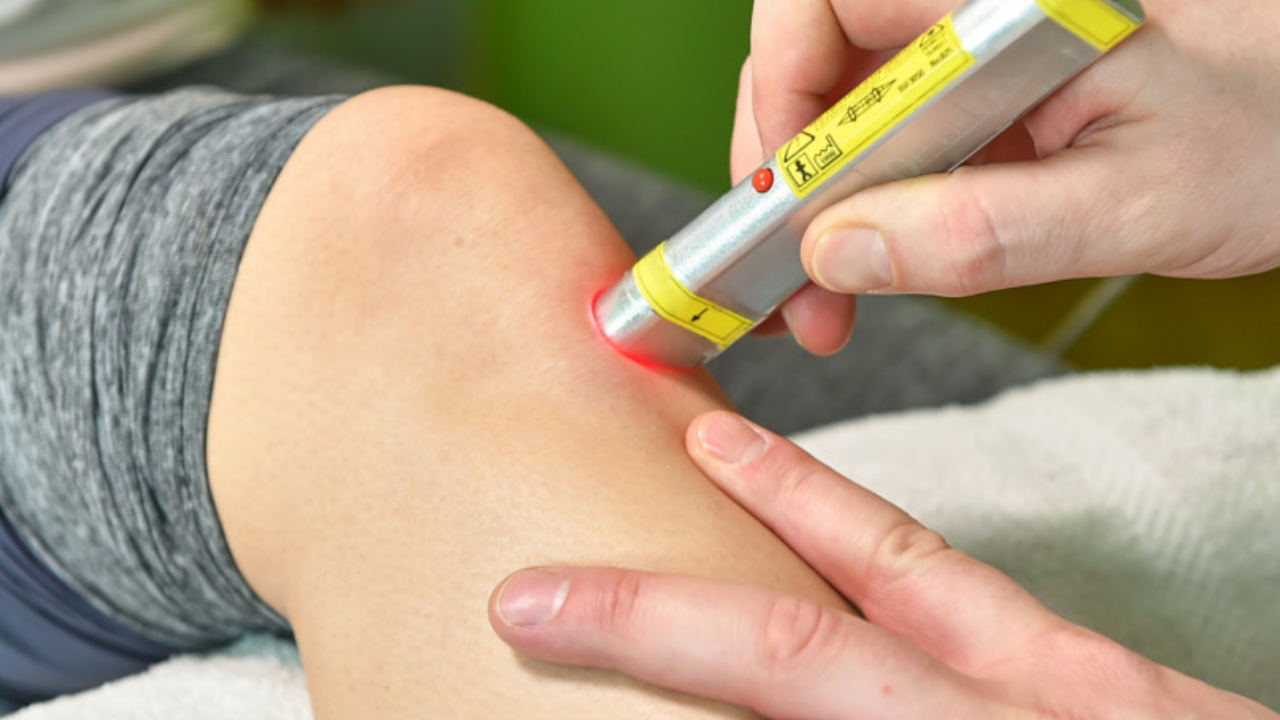Home cold laser therapy is thought to function by increasing mitochondrial activity, improving blood circulation, and decreasing inflammation. These devices are intended for home use and are frequently handheld, allowing users to target specific regions of the body that are causing pain or injury. Common applications include pain relief, wound healing, and inflammation reduction in illnesses such as arthritis or musculoskeletal injuries.
Home cold laser therapy devices are available online and in some health supply stores. Cold laser therapy is regarded as non-invasive and generally safe when used as indicated. However, home cold laser therapy efficacy varies, and the outcome may depend on the individual ailment being treated. Before beginning any home-based therapy, make sure you follow the manufacturer's directions and check with a healthcare practitioner.
Precautions and Guidelines for Safe Home Cold Laser Therapy
Home cold laser therapy, also known as low-level laser therapy (LLLT) or photobiomodulation, is gaining favor as a non-invasive alternative to pain management and tissue repair. While the convenience of cold laser therapy at home is enticing, it is critical to be well-versed in the appropriate precautions and standards to guarantee safe and successful care.
Consultation with A Healthcare Professional
Before attempting home cold laser therapy, contact a healthcare professional. This phase is especially important if you have any pre-existing medical issues or are currently receiving other treatments. A healthcare expert can advise on the suitability of cold laser therapy for your unique condition and identify any potential contraindications.
Device Selection and Quality
Choosing a high-quality cold laser therapy device is essential for safe home use. Choose trustworthy companies with regulatory approval. Prioritize equipment advised by healthcare professionals to ensure it meets safety criteria. Before making a purchase, thoroughly research the product details, certifications, and user reviews. Investing in a trustworthy instrument improves the efficacy and safety of home cold laser therapy treatments.
Read and Follow the Manufacturer's Instruction
Follow the manufacturer's recommendations for safe home cold laser therapy. Read and comprehend the supplied directions carefully, paying special attention to the suggested treatment duration, frequency, and safety precautions. Follow the step-by-step instructions to properly set up and utilize the gadget. Deviating from the manufacturer's recommendations may jeopardize the therapy's efficacy and pose dangers.
Eye Protection
To avoid potential injury, prioritize eye protection when using home cold laser therapy. Always wear the accompanying safety goggles or shields, as direct exposure to laser light can be harmful to the eyes. Consistent and proper usage of eye protection provides a safe therapeutic session. Protecting your eyes is an important precaution for maximizing the benefits of cold laser therapy while minimizing any side effects.
Identify Contraindications
Identifying contraindications is critical for safe home cold laser therapy. Consult a healthcare expert to evaluate whether the treatment is appropriate for you, especially if you are pregnant, have current cancer, or have a history of epilepsy. Knowing and honoring contraindications ensures that the therapy is used properly, reducing potential dangers while increasing safety and effectiveness for your health condition.
Avoid Direct Exposure to Certain Areas
During home cold laser therapy, prevent direct exposure to specific locations. Avoid using the laser directly on the eyes, thyroid gland, or regions with active bleeding. Additionally, avoid treating malignant tumors directly. Adhering to these measures ensures that the therapy is targeted correctly, reducing the chance of side effects while optimizing its safety and efficacy for pain reduction and tissue healing.
Consistency and Patience
Maintain consistency and patience to ensure safe home cold laser therapy. Adhere to the indicated treatment schedule and duration. Understand that individual reactions may vary and that meaningful improvements may require multiple sessions. Consistent administration over time improves the therapy's efficacy. Patience promotes a positive and slow reaction to treatment, resulting in a safe and beneficial experience with home cold laser therapy.
Conclusion
When used appropriately and with prudence, home cold laser treatment can be an effective tool for pain management and recovery. Individuals can improve the safety and effectiveness of their cold laser therapy sessions at home by consulting with healthcare professionals, using high-quality devices, and adhering to manufacturer requirements. As with any medical operation, it is critical to prioritize safety and consider individual health conditions and situations.


